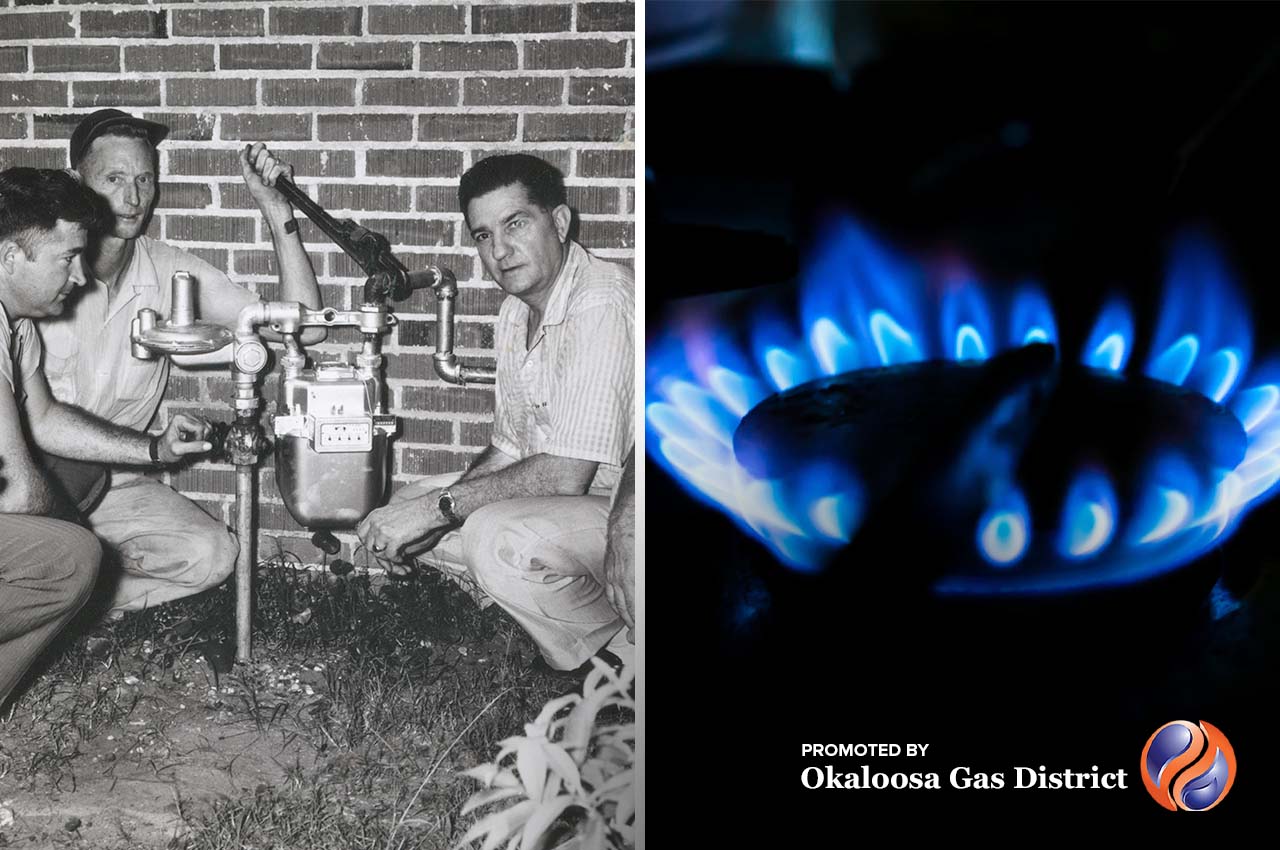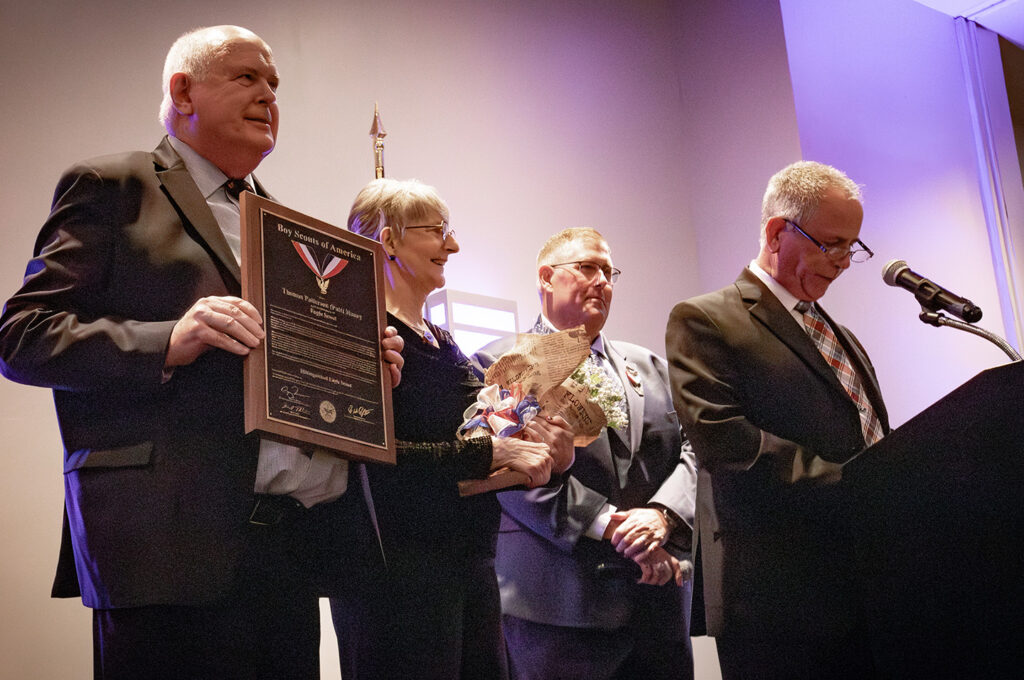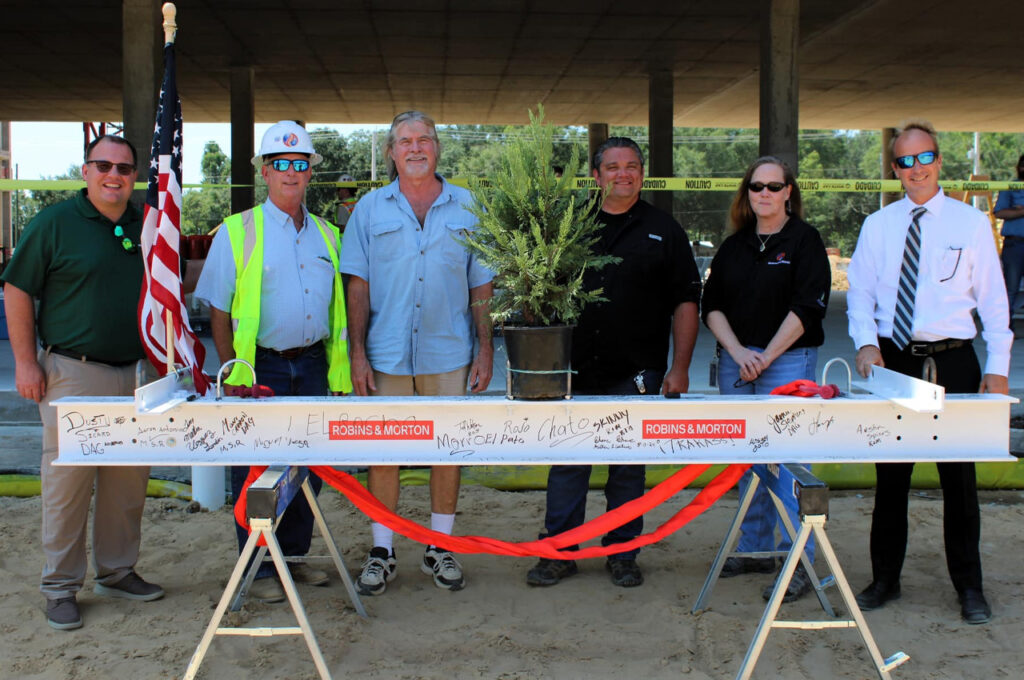Natural gas has been around for ages, and its story is pretty fascinating. From its early discovery to how it shapes our energy landscape today, natural gas has come a long way.
- With the help of Okaloosa Gas, we’re going to dive into its history, check out some important milestones and explore technological advancements.
According to National Geographic, natural gas formed deep under the earth’s surface about 100 million years ago. Early civilizations witnessed the natural phenomenon of gas seeping from the ground, leading to the ignition of an ‘eternal flame.’
- The eternal flame, ignited by lightning, provided continuous heating, prompting the king of Persia to build his royal kitchen next to it.
- Similarly, in 1000 B.C., a natural gas fissure in Mount Parnassus, Greece, created another eternal flame, marking the earliest recorded ignition of natural gas, as noted by the International Natural Gas Pipeline Association.
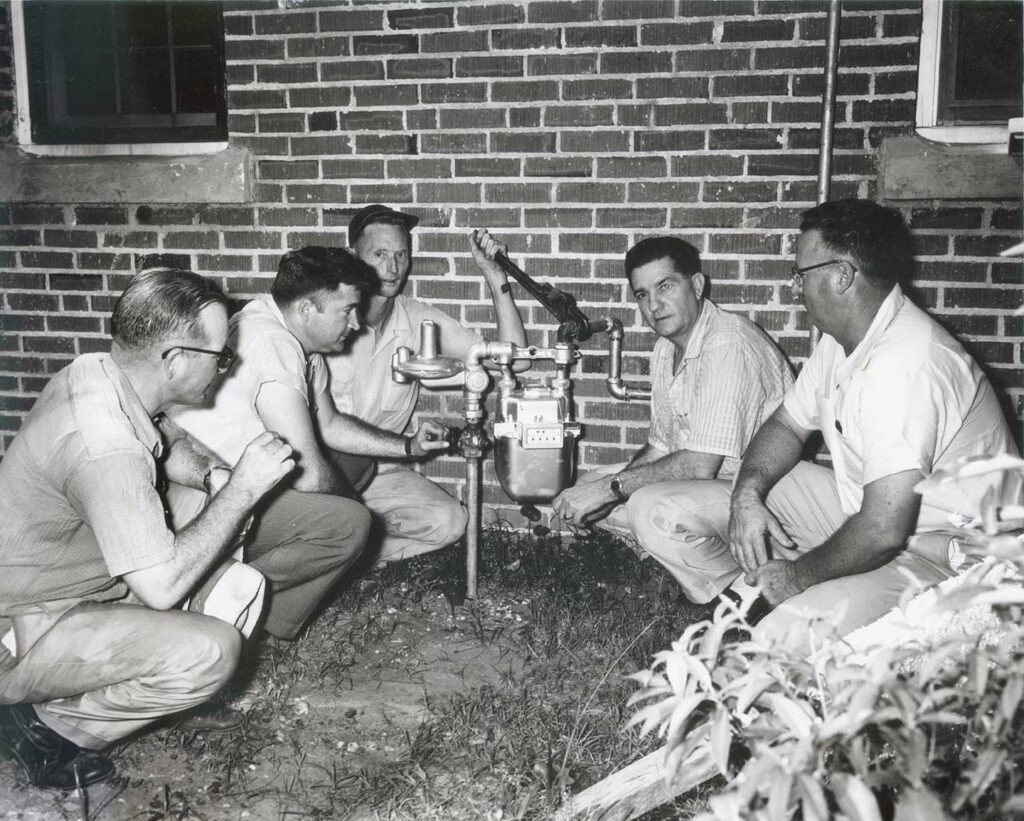
As time went on, natural gas became more than just a flame. In 1816, Rembrandt Peale, a renowned portrait painter, established the first natural gas utility in Baltimore after utilizing natural gas to light an exhibit at his museum and gallery, according to the American Oil Gas Historical Society.
Meanwhile, Britain emerged as the pioneering country to commercialize natural gas, employing it for home illumination and street lamps in the late 1700s, as highlighted by the International Natural Gas Pipeline Association.
- In the United States, the International Natural Gas Pipeline Association cites that William Hart drilled the first natural gas well in Fredonia, New York, in 1821, setting the stage for further exploration.
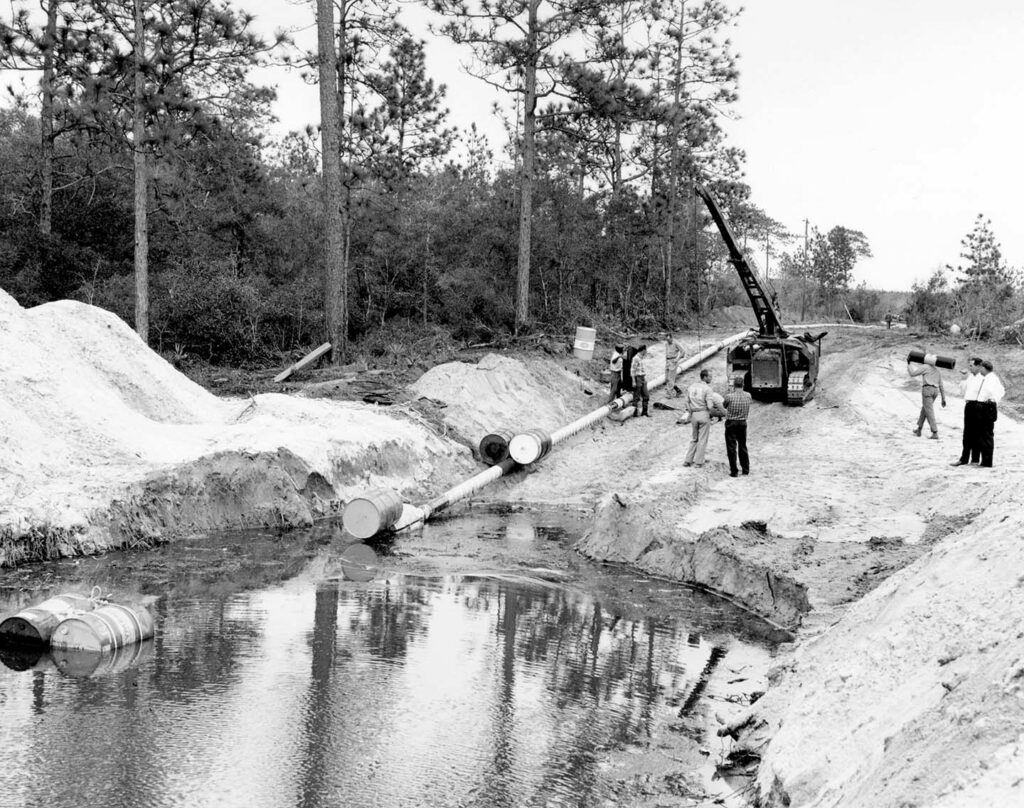
You know what really made a difference? Technological advancements, which played a huge role in unlocking the full potential of natural gas. From crude pipelines made of bamboo shoots in ancient China to the development of advanced extraction methods, the journey of natural gas underwent transformative changes.
- Today, wells can reach depths of over 30,000 feet, a far cry from the 27-foot well dug by William Hart in 1821. These advancements, along with transportation and distribution improvements, have helped push the natural gas industry forward.
Over the years, significant milestones and developments have shaped the natural gas industry. According to Energy.Gov, North America’s abundant natural gas reserves, surpassing the oil resources of Saudi Arabia, solidify its position as an energy powerhouse.
- Additionally, natural gas has become a primary fuel source for electricity generation, with nearly 87% of natural gas delivered to consumers in Florida being used for this purpose in 2017, as reported by the Department of Energy.
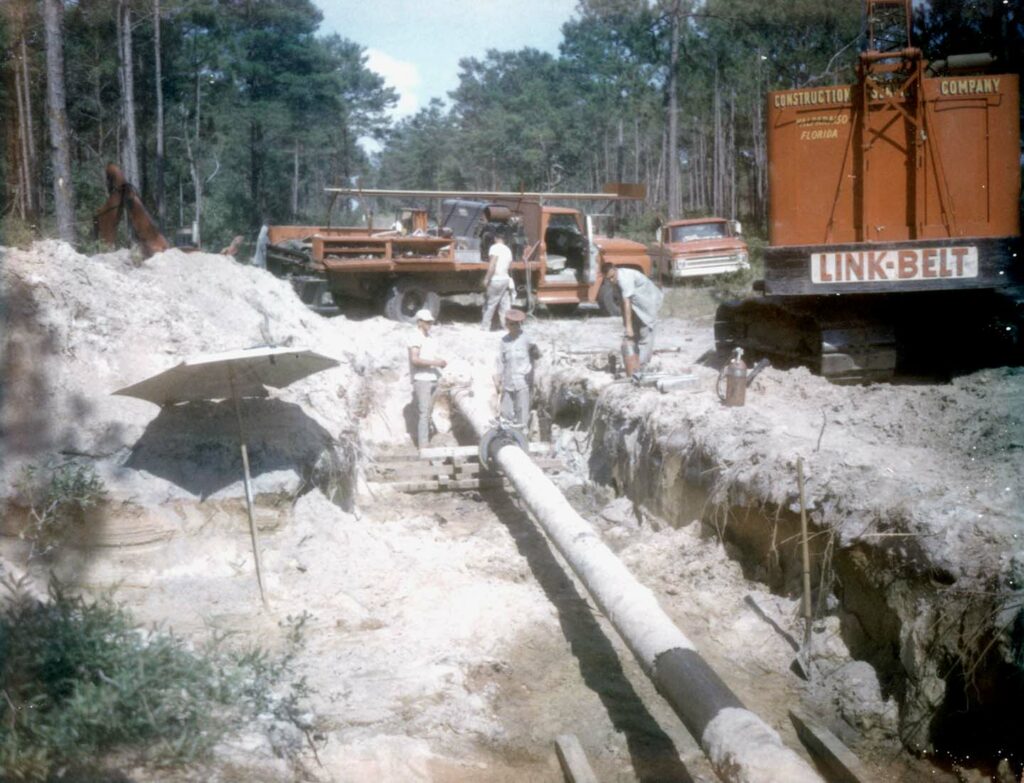
Looking at the present-day energy landscape, natural gas continues to play a vital role. It serves as a bridge fuel, offering a cleaner alternative to traditional fossil fuels, contributing to reduced greenhouse gas emissions.
According to the Department of Energy, natural gas fuels approximately 68 million American homes. In 2021, natural gas fueled more than three fourths of Florida’s total in-state net electricity generation, and 8 of the state’s 10 largest power plants by capacity and by generation are natural gas fired.
- The natural gas industry contributes to job creation, economic growth, and the overall well-being of communities across the nation.
Looking back at the history of natural gas, it’s amazing to see how far it’s come. It’s evolved into a vital component of our energy mix, benefiting societies throughout the ages. Thanks to technological advancements, we’ve tapped into its potential and harnessed its power.

